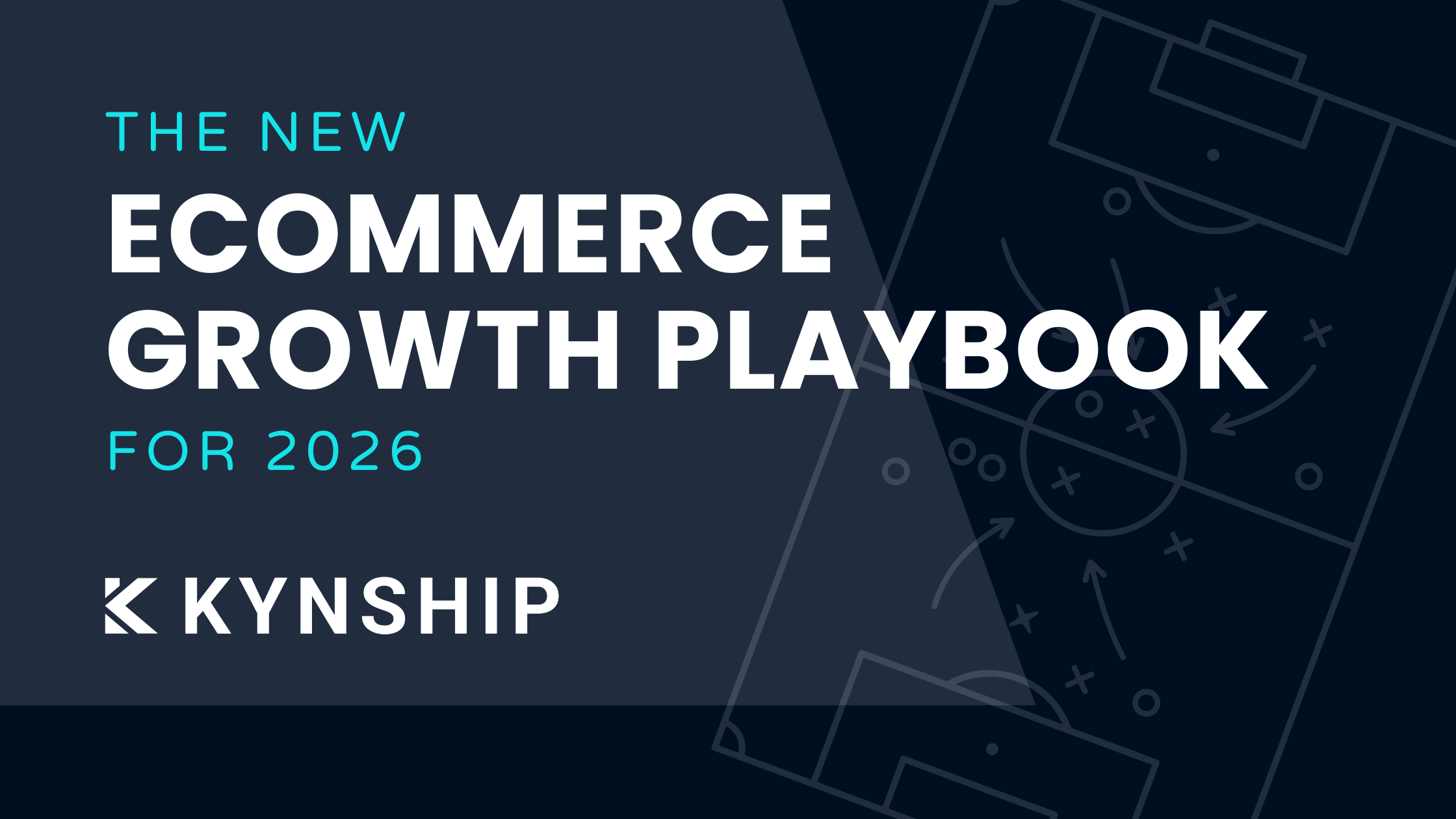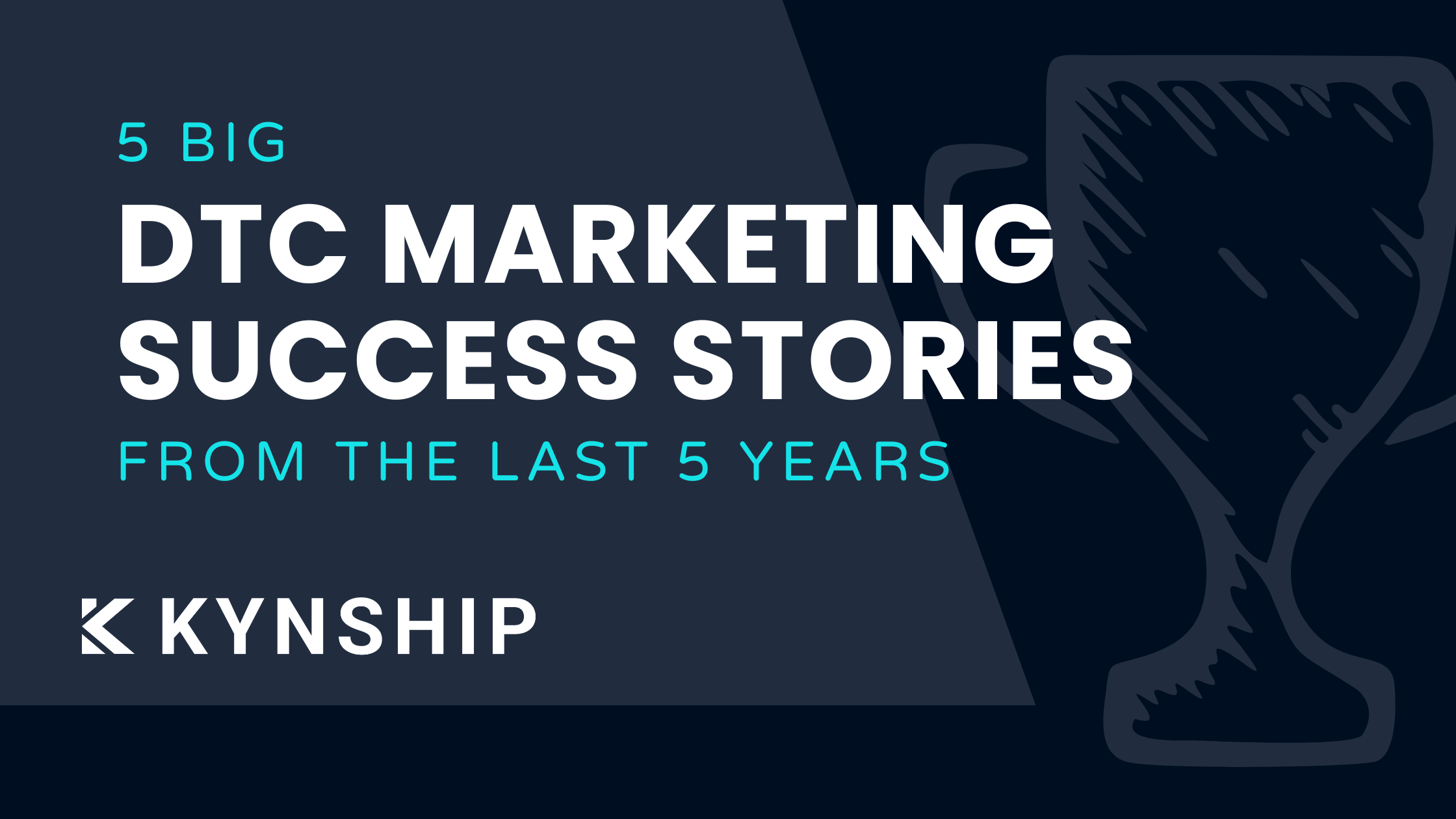Navigating Influencer Marketing: Haven Athletic's Strategic Insights for Emerging Brands
.png)
If your brand is entering a new business category or wants to be known for being a part of a certain community, this episode of The Influencer Marketing Blueprint is for you.
We’re joined by Caleb Ulffers (@calebulf), CEO and founder of Haven Athletic, who discusses the importance of influencer marketing and how it's been helpful while building his brand. We get into some of the top insights from his influencer marketing campaigns, the ripple effect he witnessed by getting into CrossFit and seeding his product within that community, and much more.
Working with up-and-coming influencers
In the case of Haven Athletic, Ulffers realized there's only a small list of A-lister athletes who fall within the million followers range. So instead of striving to work with one of those celebrity athletes, he decided instead to work with an athlete influencer who is a semi-household name and has an engaged social media following.
Rather than A-list celebrities who charge upward of $10,000 a month (and are typically looking for six to 12-month commitments), smaller, early-stage brands can tap into these up-and-coming athletes and influencers who are more affordable (with rates ranging from $200 to $550 a month) who are often more personally invested in the brand's journey long-term.
“Focus on finding an influencer who truly aligns with your brand personality and cares about the product.”
At this level, influencers often allow for negotiation of a wide range of deliverables, like the number of stories posted per month, posts on the feed, collab posts, putting your brand name in their bio, running whitelisted ads through their account, meet and greets, and more.
Affiliates vs. video creators
“In the early days, we had some of the bigger influencers say to us, ‘I’ll post a photo on my Instagram story.’ That doesn't work. Don't fall for that,” Ulffers said. “It will do nothing for your brand. In an ideal scenario, the influencer should be willing to create an Instagram reel, collaborate, and then give your brand the rights to run ads with it.”
He went on to say that even if it's a quick, short reel the influencer creates, letting the brand remix and then collaborate on the content from there is a better deal. Following those efforts, you can evaluate the views and engagement on each piece while simultaneously building out the affiliate side. Once you identify the influencers who are good at what they do and end up moving the product forward (versus others who are creating content but not moving product,) you can split them into the affiliate versus video creator side.
“If an influencer has 500,000 followers and is good at creating content but not actually moving product, I’d just pay for creating videos that can run as ads.”
Create high-quality incentives via affiliate programs
Through a brand's affiliate program, influencers will only make a commission if they generate a sale. So, is there any harm in not allowing everyone on to the program? Maybe not.
But Ulffers personally doesn't like the idea of having hundreds of affiliate codes out there. "I like making it a bit more special," he said, "because it's a high-priced product. We have good margins and the opportunity to share much of that with our affiliates."
As an affiliate, influencers commit to creating a certain amount of content regularly and can tier up to making more money if they’re good at it. Those who do really well could benefit from the same deals the brand gives wholesalers.
Loyalty programs with varying high-quality, relevant product incentives at different levels (like the 1st, 3rd, 5th, or 10th referral) are a great way to motivate affiliates. For example: Haven Athletics offered a Tier 2 referral that was a $40 mouthguard or a month's supply of AG1. A 5th referral could earn the affiliate a $150 gift, such as a pair of Metcons, while a 10th referral could qualify for a high-priced massage gun.
Choose an influencer marketing agency that aligns with your company size and needs
The next question here is: Should you hire an internal team or work with an agency for influencer marketing efforts? The answer, as always, is: "It depends."
Some questions to ask yourself before you make a decision are:
- Who is the agency, and do they have a good reputation?
- What services do they provide?
- Is there a clear line of communication between brand and agency?
- What is the size of your company, and what size of organization does the agency often work with?
Many agencies adopt a 'one-size-fits-all' approach to marketing. That may not work for smaller companies that need more assistance, strategic advisory, and hand-holding. Another thing to consider is that smaller companies don't have the luxury of waiting six months to prove whether a concept works; they likely have about two months. If those efforts aren’t working, they have to switch things up to stay agile.
At the same time, there’s value in getting the perspective of agencies, knowledge of what's working, and broad scale across multiple accounts versus an insular approach. It differs for everyone, but what's important is to be clear about your marketing needs at every stage of your brand's journey.
Key takeaways
- Identify the right influencers: Focus on persona and brand fit over the number of followers, especially if you’re a small brand. Smaller-tier influencers would likely give you more leverage when negotiating deliverables as well.
- Segment affiliates vs. video creators: Identify which influencers create the best content and are able to move your product.
- Create high-quality incentives: Use loyalty programs with referral tiers to reward top referrers with high-quality products that motivate them to push your product.
- Choose an agency depending on your size and needs: Not all agencies are willing to offer the support a smaller company needs. Yet they have a wider perspective and industry knowledge to offer. Find your mix of in-house talent and agency support to address your brand's needs.


5 DTC Marketing Success Stories From The Last 5 Years
Five real DTC marketing success stories from the last five years, breaking down how brands scaled despite rising CAC, creative fatigue, and tougher competition, plus key lessons you can apply today.

The New Ecommerce Growth Playbook For 2026
These are the ecommerce growth marketing strategies we are using right now to successfully scale DTC brands from $2M to $50M.
Bi-weekly tips to reduce your CAC
Join thousands of DTC operators and subscribe to Cut the CAC for insights from the Bottom Line Podcast and Kynship's growth strategies.


.avif)
.avif)
.avif)



